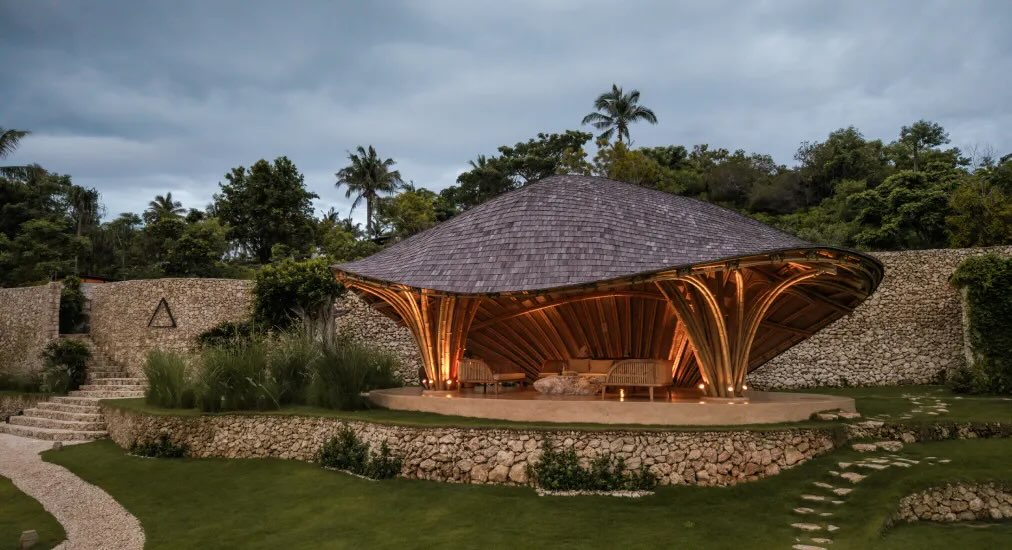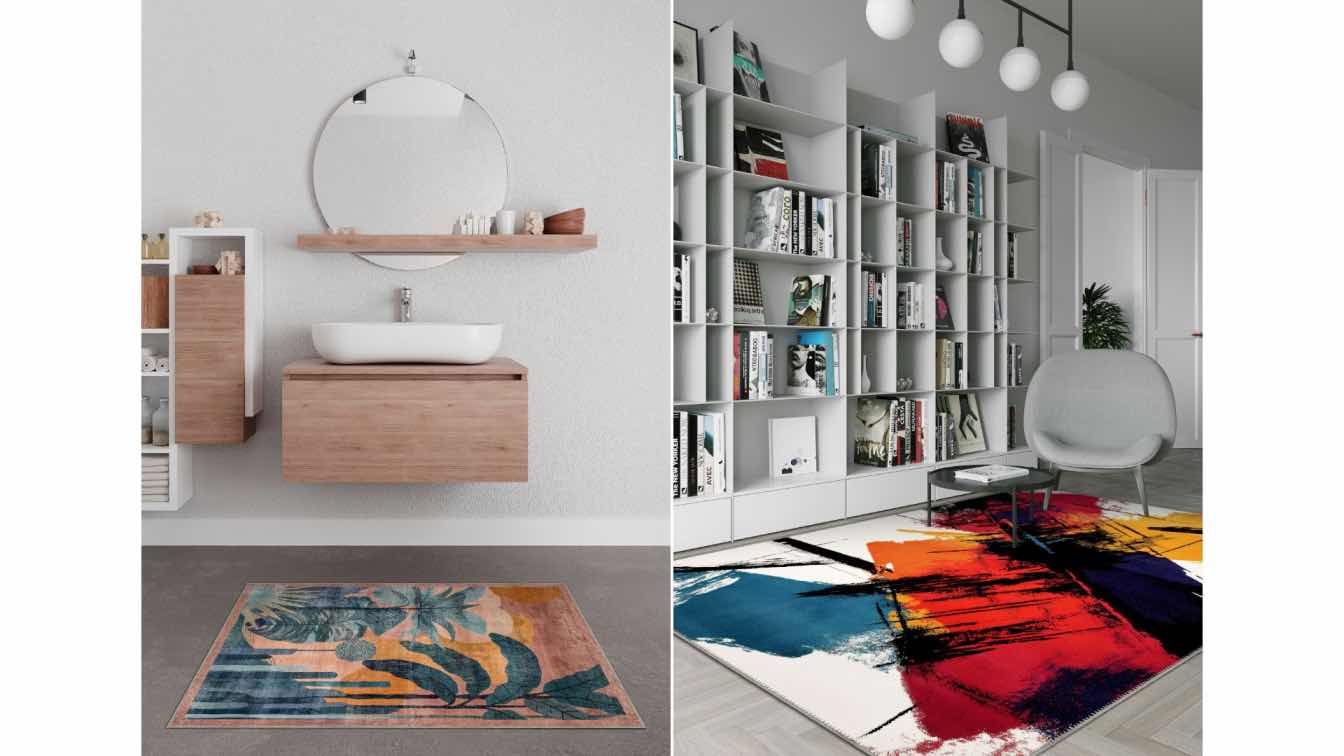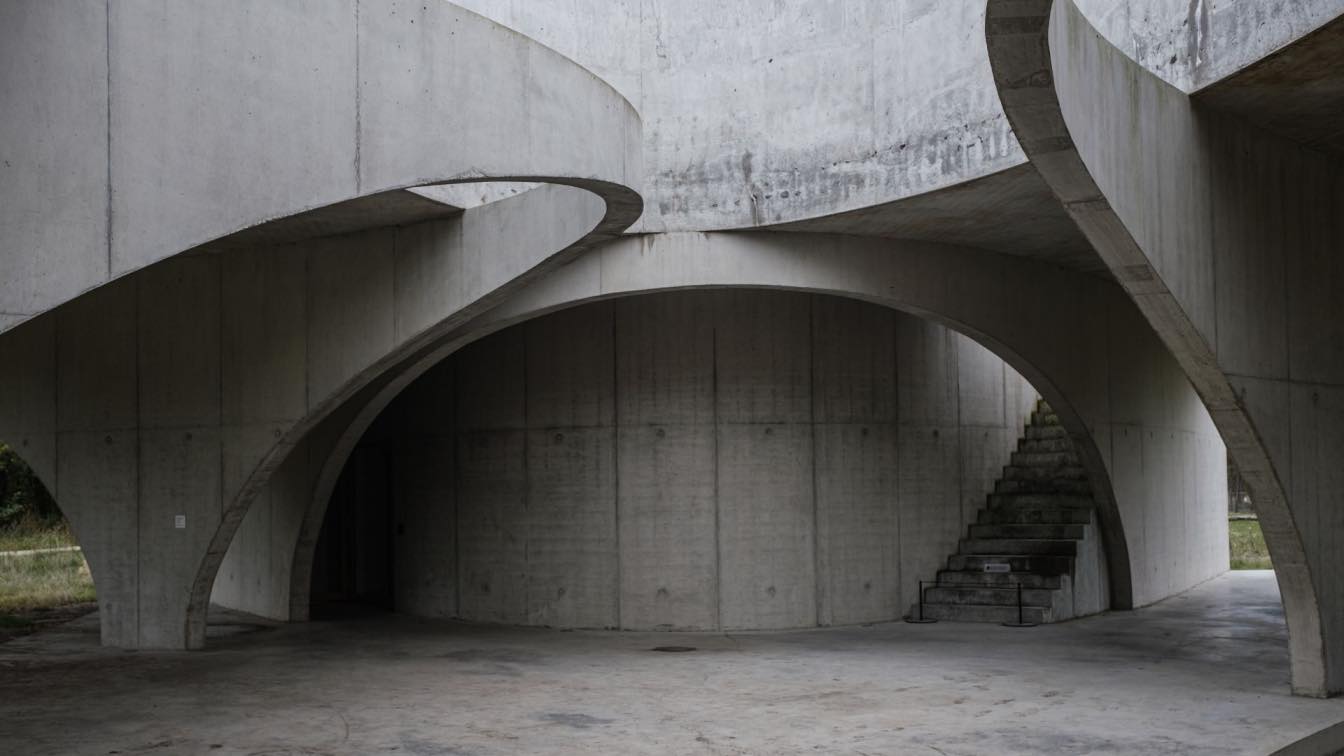Bali, an island renowned for its verdant landscapes, spiritual serenity, and vibrant culture, is increasingly becoming a crucible for groundbreaking sustainable architecture. Amidst this lush backdrop, Pablo Luna Studio stands out as a visionary force, seamlessly blending the island's intrinsic beauty with cutting-edge design and an unwavering commitment to ecological harmony. Their work, particularly their stunning use of bamboo, is not merely constructing buildings but crafting living spaces that breathe with the environment, setting a new benchmark for sustainable development in the tropics.
The Art of Biomimicry: Design Inspired by Bali's Essence
At the core of Pablo Luna Studio's philosophy is a profound respect for nature, translated through the principle of biomimicry. Their designs often draw direct inspiration from the organic forms and intricate rhythms found in the surrounding Balinese landscape and marine life. This approach results in structures that feel inherently connected to their environment, blurring the lines between the built and the natural.
Projects like the iconic Shell Restaurant at the Intaaya Retreat on Nusa Penida perfectly exemplify this. Its soaring, curved bamboo roof mimics the natural ribs of a seashell and the fluidity of ocean waves, creating a sculptural yet protective form that feels as though it has emerged directly from the coastline. Similarly, the Fish Tail Tea Room, also at Intaaya Retreat, subtly reflects marine life, crafting an intimate space that invites introspection while maintaining a profound connection to its natural setting.
Bamboo: The Backbone of Bali's Sustainable Future
Pablo Luna Studio's signature material is undoubtedly bamboo, a remarkable natural resource that embodies strength, versatility, and unparalleled sustainability. Their embrace of bamboo is a testament to its potential as a primary construction material for the future.
A Renewable Marvel: Bamboo is one of the fastest-growing plants on Earth, reaching full structural maturity in just a few years. Unlike timber, it regenerates naturally after harvesting without needing to be replanted, making it an incredibly renewable resource. Furthermore, bamboo actively sequesters significantly more CO2 from the atmosphere than many other trees, playing a vital role in carbon capture.
Structural Versatility & Organic Forms: Beyond its eco-credentials, bamboo boasts impressive tensile strength and natural flexibility, allowing for architectural expressions that are difficult to achieve with conventional materials. Pablo Luna Studio leverages this to create grand, open interiors free from intermediate supports, resulting in fluid architectural rhythms and a harmonious interaction between indoor and outdoor spaces. The hand-tied bamboo trusses in their structures, often featuring Petung or black bamboo sourced from local Balinese and Javanese farms, are both structural marvels and visual artworks.
Craftsmanship Meets Modern Engineering: The studio's work is a beautiful dialogue between Bali's rich tradition of skilled bamboo artisans and modern engineering principles. They meticulously treat their bamboo with natural solutions like boron and borax at certified local factories, ensuring its longevity and resilience against pests, moisture, and UV exposure in the tropical climate. This blend of ancient wisdom and contemporary techniques ensures durability without compromising on authenticity.
Beyond Materials: A Holistic Approach to Sustainability
Pablo Luna Studio's commitment to sustainability extends far beyond their material choices. They adopt a comprehensive, holistic approach that addresses every facet of a project's environmental footprint.
Water Self-Sufficiency: At sites like Intaaya Retreat, they implement integrated water management systems. This includes sourcing water from deep wells, extensive rainwater harvesting systems, and utilising efficient water appliances. Crucially, they partner with organisations like the Biosphere Foundation to develop Waste Water Gardens that treat and repurpose wastewater for irrigation, ensuring a closed-loop water system.
Energy Efficiency & Passive Design: A significant portion of their projects' energy needs are met through renewable sources, such as photovoltaic solar panels. They also master passive design strategies, optimising building orientation, natural ventilation, and daylighting to minimise reliance on artificial cooling and lighting, creating naturally comfortable interiors.
Local Sourcing and Responsible Construction: Prioritising locally sourced materials (bamboo, reclaimed wood, rammed earth, limestone from the site) not only reduces transportation impact but also supports local economies and traditional craftsmanship. Their construction processes follow rigorous Sustainable Construction Plans aimed at preventing pollution, controlling erosion, and managing waste responsibly.
Signature Projects: A Glimpse into Pablo Luna Studio's Vision
From the sculptural elegance of the Shell Restaurant, with its curved bamboo roof and tree-like columns, to the intimate and contemplative design of the Fish Tail Tea Room with its rammed earth walls, Pablo Luna Studio's projects are living testaments to their philosophy. Even their own Studio Lodtunduh showcases their design principles, featuring black bamboo and reclaimed wood, conceived as a spatial expression of openness, adaptability, and ecological attunement. Each project is a unique architectural response to its surroundings, thoughtfully integrated to leave a lasting positive impact.
Pablo Luna Studio is not just designing buildings; they are shaping a sustainable future for Bali, one exquisitely crafted bamboo structure at a time. Their work embodies a profound commitment to biomimicry, local craftsmanship, and a holistic approach to environmental responsibility, truly making them pioneers in the realm of amazing architecture.





